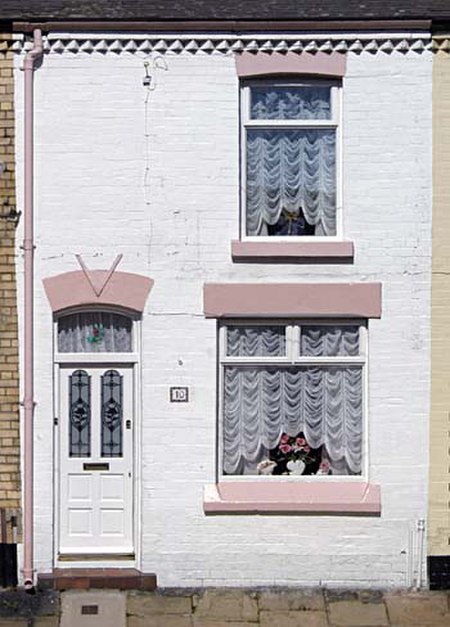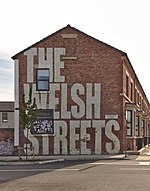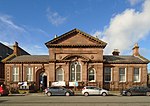10 Admiral Grove

10 Admiral Grove, a property in Toxteth, Liverpool, England, is the house in which Ringo Starr lived for twenty years before he rose to fame with the Beatles. Starr's infant school, St. Silas Primary School, on Pengwern Street, was yards away from his front door. He was a sickly child and, due to his many absences from school, was taught to read and write at home. A severe bout of peritonitis led him to spend much of his seventh year at the Royal Children’s Hospital. When Starr was 13, his mother Elsie married a Londoner, Harry Graves. The Starkeys' local pub, The Empress, where Elsie was a barmaid, adjoins Admiral Grove. The pub was immortalised in 1970 by being featured on the front cover of Starr's first solo album Sentimental Journey. During "Beatlemania", the documentary The Mersey Sound, filmed by BBC producer Don Haworth, showed Starr being mobbed by fans on Admiral Grove as he made his way to George Harrison's open-topped sports car.
Excerpt from the Wikipedia article 10 Admiral Grove (License: CC BY-SA 3.0, Authors, Images).10 Admiral Grove
Admiral Grove, Liverpool Toxteth
Geographical coordinates (GPS) Address External links Nearby Places Show on map
Geographical coordinates (GPS)
| Latitude | Longitude |
|---|---|
| N 53.38904 ° | E -2.961278 ° |
Address
Ringo Starr's childhood home
Admiral Grove 10
L8 8BH Liverpool, Toxteth
England, United Kingdom
Open on Google Maps









